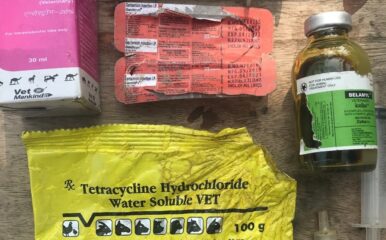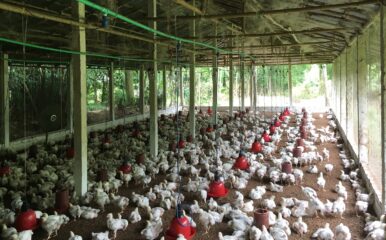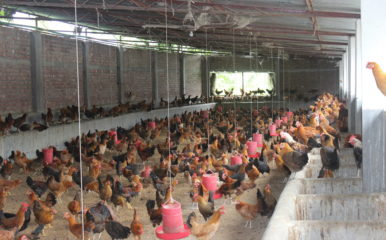
Selective breeding: A complementary strategy to control avian infectious diseases and zoonoses
Published on 14/09/2021
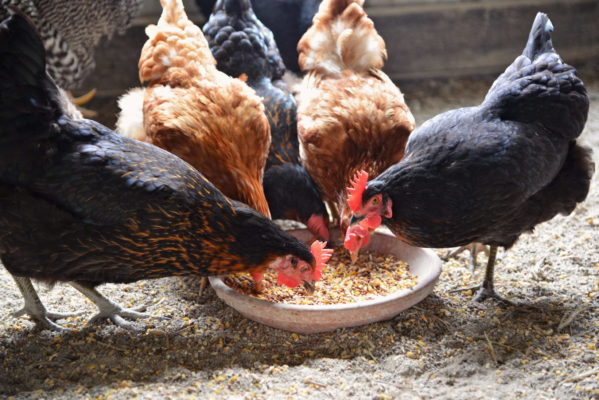
United Soybean Board via Flickr (CC BY 2.0)
View this page in:
VietnamesePoultry meat and eggs hold a substantial promise to feed the world and soon will become the leading source of protein for humans. Poultry production is among the key activities in the fight against hunger and poverty in many parts of the world. These production systems are among the most environmentally friendly in the livestock sector and we have an excellent opportunity to ensure their long-term sustainability. Therefore, as production intensifies, we must make sure avian infectious diseases are properly controlled to reduce the risk to animal and human health.
An efficient strategy
Preventive measures such as biosafety and biosecurity, good farm husbandry and nutrition, and good health management plans with vaccinations and chemoprophylaxis are key practices to protect animals from disease and production loss, prevent transmission and reduce disease risk for humans. At the same time, widespread use of antibiotics as a preventive measure can lead to the emergence and spread of drug resistant microbial pathogens. Because of this, there is a pressure to reduce their use.
There is a real need for novel control strategies to complement the existing ones. One such attractive strategy is to make birds resistant to infectious diseases through selective breeding. This would be particularly effective in the poultry sector, in which a few breeding companies control the genetics of the vast majority of commercial chickens globally, thus facilitating the process.
What is selective breeding?
There are differences in the genetic make-up of birds that render some more resistant to infectious diseases than others. The first step in selective breeding is to identify the inherently more resistant birds. The second one is to arrange appropriate mating in order to produce progeny with enhanced resistance to infectious diseases. In poultry, this is structured around a pyramid where selective breeding is taking place at the top and then genetic improvement benefits permeate the entire population.
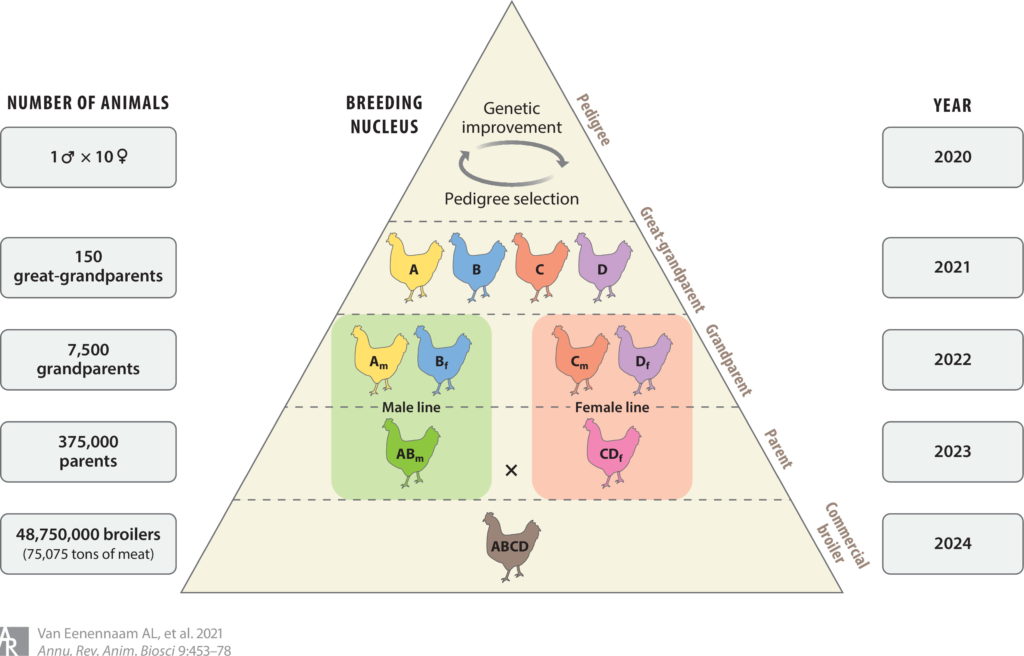
Source: © 2021 Alison L. Van Eenennaam et al., CC BY 4.0.
Genetic studies
Recent technological advances have enabled modern cutting-edge genetic studies aiming to understand host resistance to disease. Studies by researchers involved in the Hub and others have shown that there is significant relevant genetic variation in poultry, and that specific genomic regions in the chicken genome play an important role in immune and disease resistance traits.
In the Hub, we work with diverse chicken populations, including tropical indigenous chickens, commercial broiler and layer populations. Researchers in the Hub, in collaboration with other partners, have conducted field studies in the UK, Africa and Asia to investigate infectious diseases. Examples include the genetics of immune response to bacterial, viral (Marek’s disease virus, Newcastle disease virus, infectious burcal disease virus) and parasitic (coccidiosis, cestodes, nematodes parasitism) diseases, resistance to zoonotic pathogens (Campylobacter, Salmonella, Escherichia coli) and chicken microbiome studies.
Promising outcomes
Outcomes are quite encouraging. They suggest that selective breeding to improve chicken resistance to these diseases is feasible. Therefore, it has the potential to provide an accurate, environmentally friendly and cost-effective approach to avian infectious diseases control.
Challenges
Nevertheless, genetic studies require significant resources and data, and can be challenging. Immune and infectious disease traits are multifactorial by nature, meaning that host resistance is affected by multiple genetic and non-genetic (environmental and other) factors. Many of the genetic variants are not located in coding regions of the genome and it is difficult to interpret their role.
In addition, there may be potential trade-offs between improving production, immunocompetence and disease resistance which we need to account for in a breeding programme. A logistical challenge is data acquisition for research since most disease traits are difficult to measure in a large sample size.
Moreover, the heritability of heath traits is usually low to moderate, which means that it will take time (some generations) to see the enhancement in disease resistance. Notably, however, in addition to being a slow process, genetic improvement is also cumulative and permanent.
One Health
Although selective breeding could contribute to the control of avian infectious diseases, it could not solve the problem in isolation since, as mentioned, host resistance to disease is a multifactorial trait affected by multiple factors. Multifactorial problems require interdisciplinary, systems-approaches, to develop holistic solutions. Integration of biological and social studies under the One Health approach and good collaboration between all the main stakeholders are needed to identify sustainable solutions to control infectious diseases and especially zoonoses.
In the One Health Poultry Hub we have adopted such an approach; and host genetic studies for Campylobacter, Salmonella and avian influenza resistance are part of the roadmap we are developing for the reduction of these key zoonoses.
This week, Hub member Androniki Psifidi will be speaking about selective breeding as an alternative strategy to control avian infectious disease at the ‘Avian Infectious Diseases 2021’ conference organised by the Microbiology Society.

